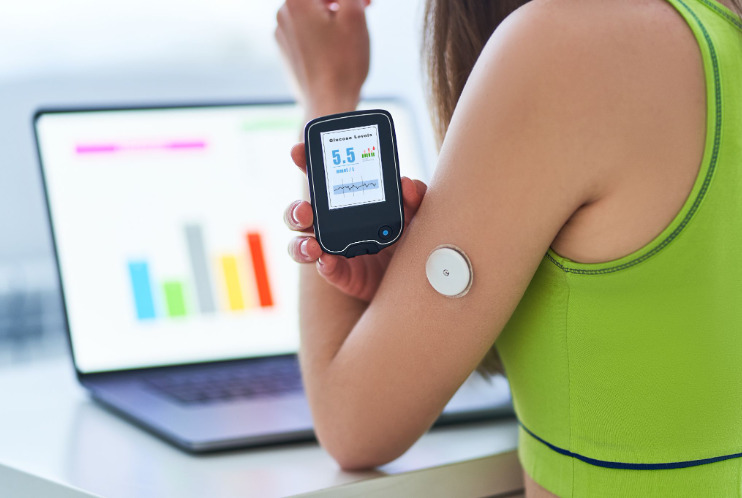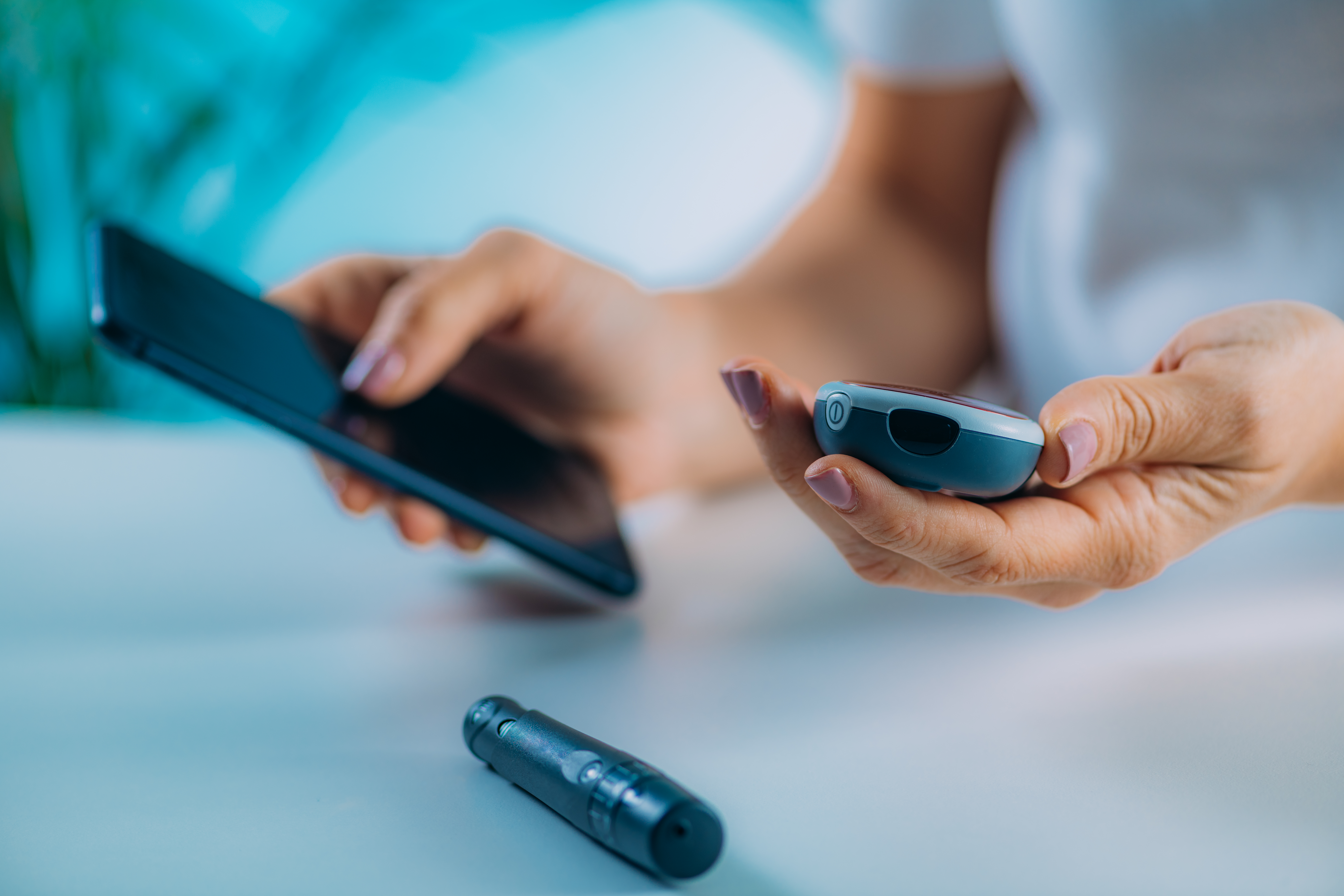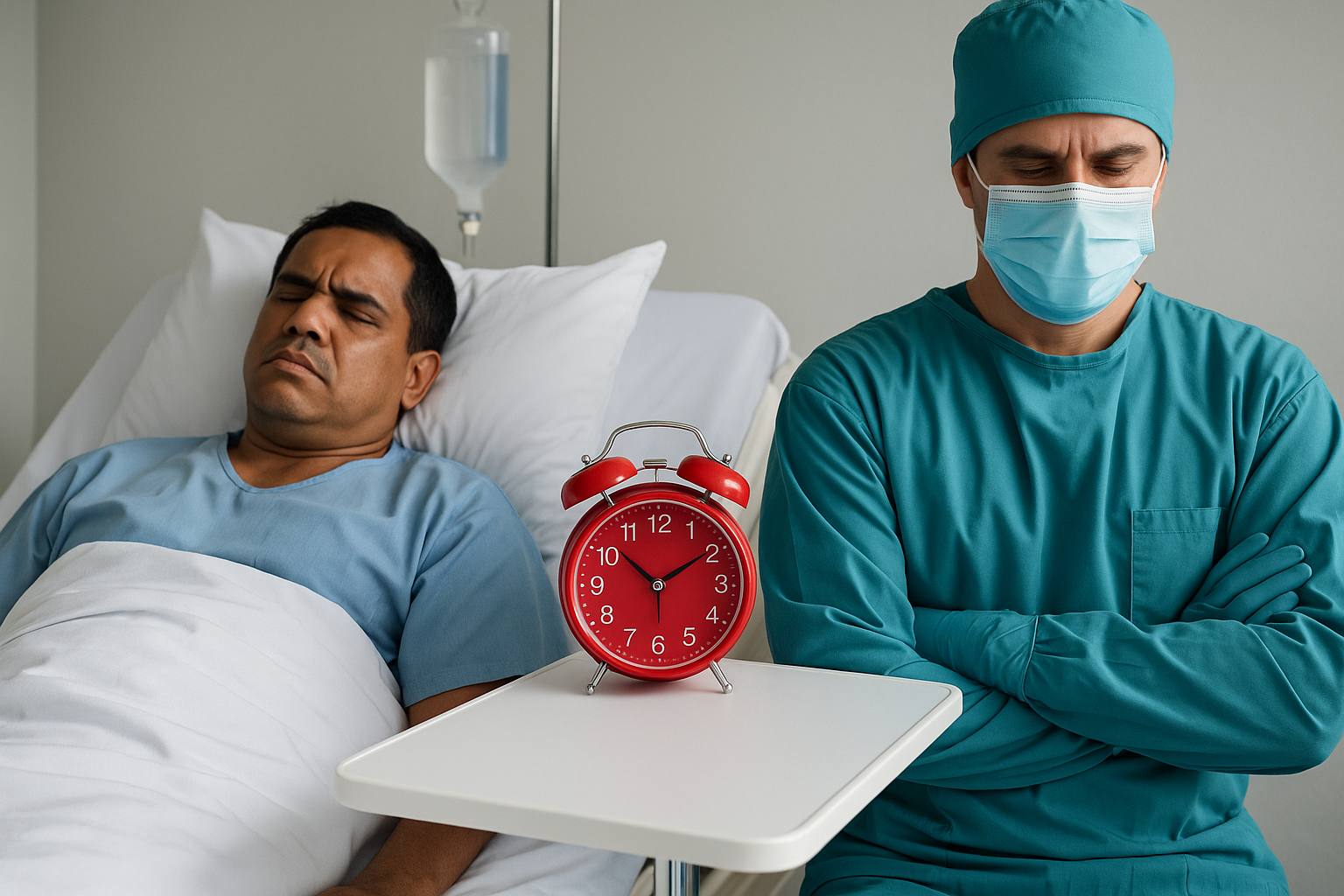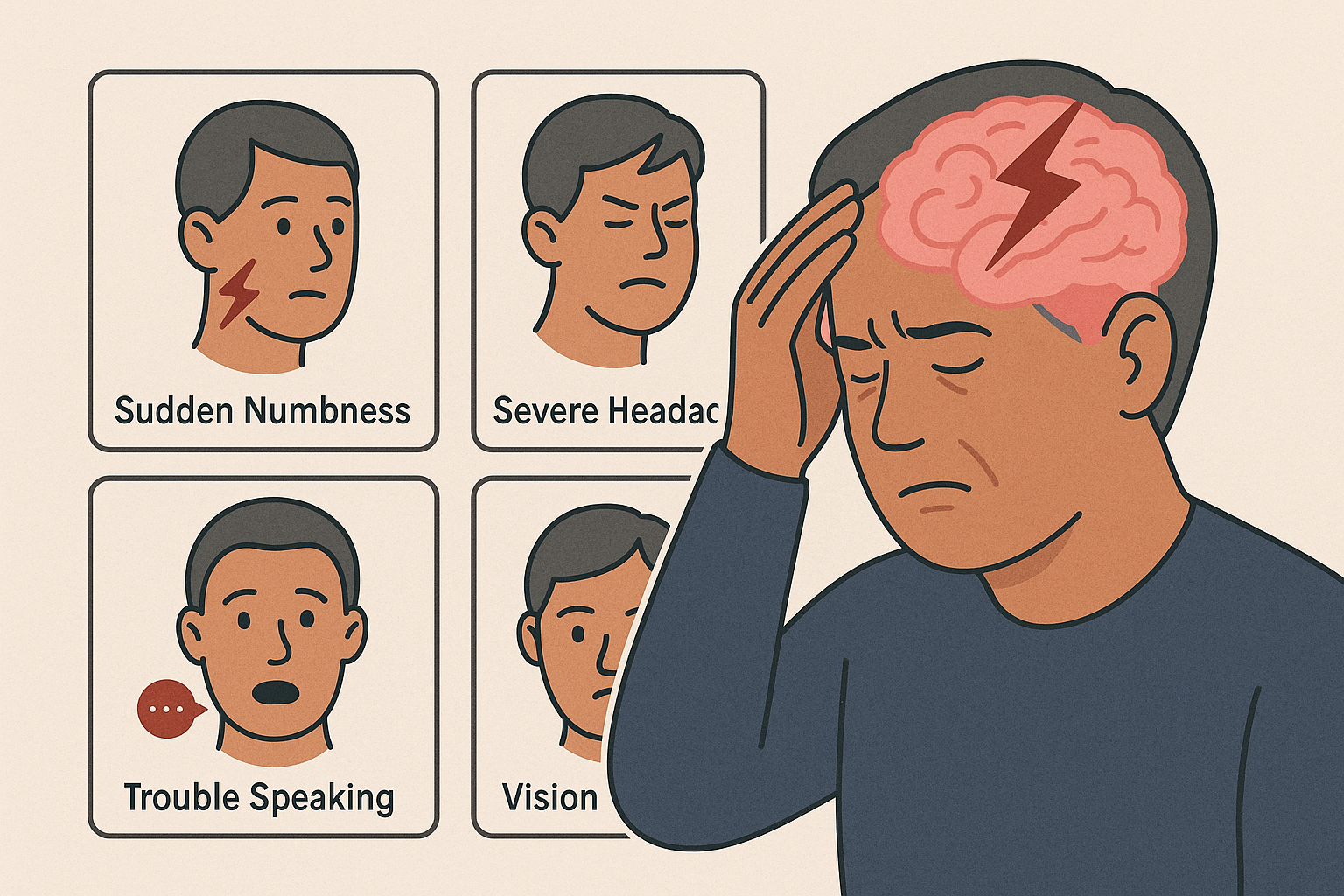A Life-Saving Diabetes Breakthrough That Most People Still Don’t Know About
At Sreshta Hospitals, Guntur, we believe prevention is better than cure. That’s why we encourage families to make regular health checkups a habit.
Diabetes is called a silent killer for one reason — it causes damage long before symptoms appear. Most diabetic patients in Guntur check their sugar with finger-prick testing, maybe 2–3 times per day. But here is the problem:
What about the remaining 23 hours of the day? What if sugar is silently rising after meals or dangerously dropping at 2 AM when you’re asleep? Who will warn you before it is too late?
This is where Continuous Glucose Monitoring (CGM) becomes a life-changing and life-saving technology.
What Exactly Is CGM?
CGM (Continuous Glucose Monitoring) is a small sensor patch fixed on your arm or abdomen. Once applied, it continuously tracks your glucose levels 24×7 — during sleep, eating, exercise, work, stress, travel — every moment, without needing repeated finger pricks.
- Finger-prick testing = only 3–4 readings/day
- CGM = 288 readings per day (every 5 minutes)
Not just numbers — CGM shows whether sugar is rising, crashing, or entering the danger zone — even before you feel anything.
It literally gives a LIVE report of your internal sugar activity.

Why Finger-Prick Testing Alone Is No Longer Enough
What’s Included in a Preventive Health Checkup?
Finger-prick testing only shows one sugar value at one second — but it cannot tell you:
- If the sugar is going up or down
- What happened after eating sweets or rice
- Whether sugar dropped dangerously at night
- If your current medicine dose is correct or too strong
Worse, most patients skip testing due to pain or laziness — and miss critical fluctuations.
This is why modern medicine has moved from “guesswork monitoring” to “real-time monitoring.
Who Should Definitely Consider CGM?
CGM is highly recommended for:
- Diabetics with fluctuating sugar levels
- Insulin users or people with a fear of low sugar (hypoglycemia)
- Children & elderly diabetic patients
- Pregnant women with gestational diabetes
- People planning weight loss/diabetes reversal
- Patients who say — I eat the same food — still some days sugar is high.
If you have ever asked, “What is my sugar right now? Am I safe?” — CGM is the answer.
Prevention of Pre-Diabetes & Better Lifestyle Insights
Diabetes doesn’t begin overnight. Long before sugar levels reach the diabetic range, the body gives subtle warning signs — a stage called pre diabetes. Detecting and acting at this stage can prevent or delay the onset of diabetes altogether.
Why CGM Matters — Even Before Diabetes
Most people rely on random or fasting sugar tests — but these only provide snapshots, not the full picture.
Why CGM is useful even before diabetes:
- Detects hidden sugar spikes after meals
- Shows how stress, sleep, and late-night eating affect glucose
- Reveals which foods push sugar too high
- Receive early medical guidance to reverse pre-diabetes through diet and exercise
Better Lifestyle Insights for Better Control
CGM helps you connect daily choices with glucose changes, empowering you to make healthier decisions:
- Adjust meal timing and portion size
- Identify foods that keep sugar stable
- See which exercises improve glucose faster
- Monitor improvement after adopting a new diet or fitness plan
Real-Life Benefits of CGM
- Tracks sugar every 5 minutes — day & night
- Warns you BEFORE a sugar crash or spike happens
- Helps your doctor accurately fix your medicine & diet plan (no guesswork)
- Clearly shows which food is actually harming you
- Prevents complications like nerve damage, kidney failure, eye damage, stroke
- In many cases, patients have safely reduced insulin/tablets with CGM guidance

CGM is not just monitoring — it is protection.
Advanced CGM-Based Diabetes Care at Sreshta Hospitals, Guntur
At Sreshta Hospitals, CGM is not treated as just a device. It is part of a specialized doctor-guided system.
We use US-FDA approved CGM and once your data starts recording, our expert Diabetologist regularly studies your real-time sugar patterns — especially after meals, during sleep, and stress conditions.
Based on that, your diet, timing of food, and medication doses are immediately customized with medical precision. This ensures we prevent future complications, not just temporarily control sugar.
Your data is not just recorded — it is ACTED UPON
That’s the difference between ordinary diabetes care and Sreshta’s precision diabetic care.
Final Takeaway: Diabetes Is Not Dangerous. Unmonitored Diabetes Is. A sudden sugar drop at midnight or a hidden spike after meals can cause stroke, coma, paralysis, heart attack, or kidney failure — without warning.
Do not wait for symptoms.
Do not rely only on finger tests.
Protect yourself before damage starts.
Sreshta Hospitals, Guntur
24×7 Advanced Diabetes & CGM Monitoring Center
Where your safety is not delayed — it is monitored every minute.
Frequently Asked Questions (FAQs)
Is Continuous Glucose Monitoring (CGM) available 24×7 in Guntur?
Yes. CGM is available round-the-clock at Sreshta Hospitals, Guntur, under expert Diabetologist supervision — not just as a device, but as a full medical monitoring service.
Can CGM help reduce or stop insulin/tablets?
Yes, many patients have been able to safely reduce their insulin or medicine dosage after monitored CGM analysis, but only under doctor’s supervision.
Is CGM painful or does it involve daily needle pricking?
No, CGM is a painless sensor patch fixed on your arm or abdomen. Unlike glucometers, it does not require frequent finger pricks.
Can I see sugar data live on my mobile?
Yes — most CGM devices sync with your smartphone app and show real-time glucose trends, alerts, and predictions instantly.
How long does a CGM sensor last?
Typically 10 to 14 days per sensor, depending on model. After that, the patch is replaced with a fresh sensor.
Is CGM safe for children and elderly patients?
Absolutely — CGM is highly recommended for children, elders, and insulin users to prevent sudden low sugar emergencies during sleep or school hours.
Do I need to be admitted to the hospital for CGM?
No, CGM is usually done on an OPD (outpatient) basis. You can continue your daily routine while wearing it.






